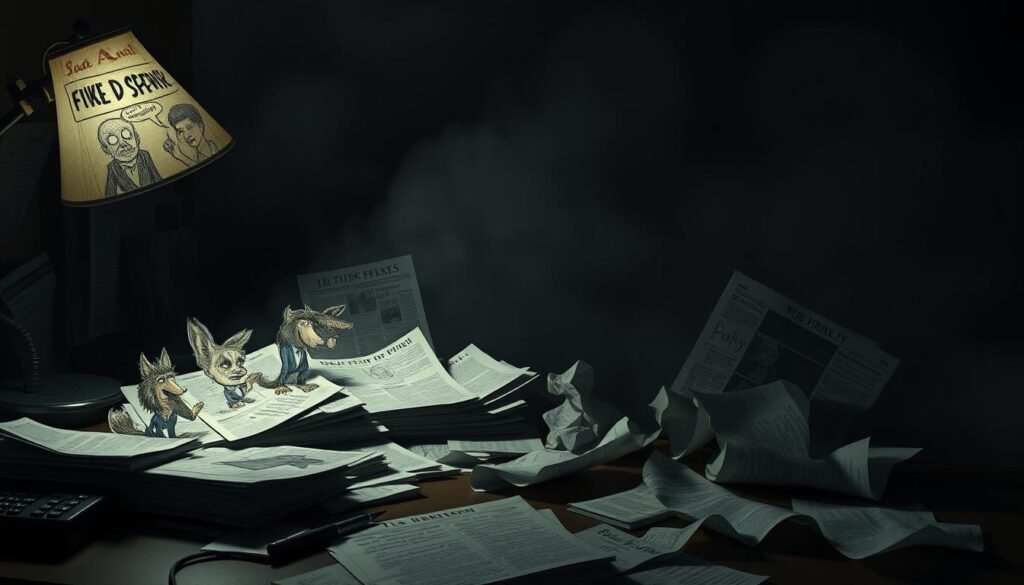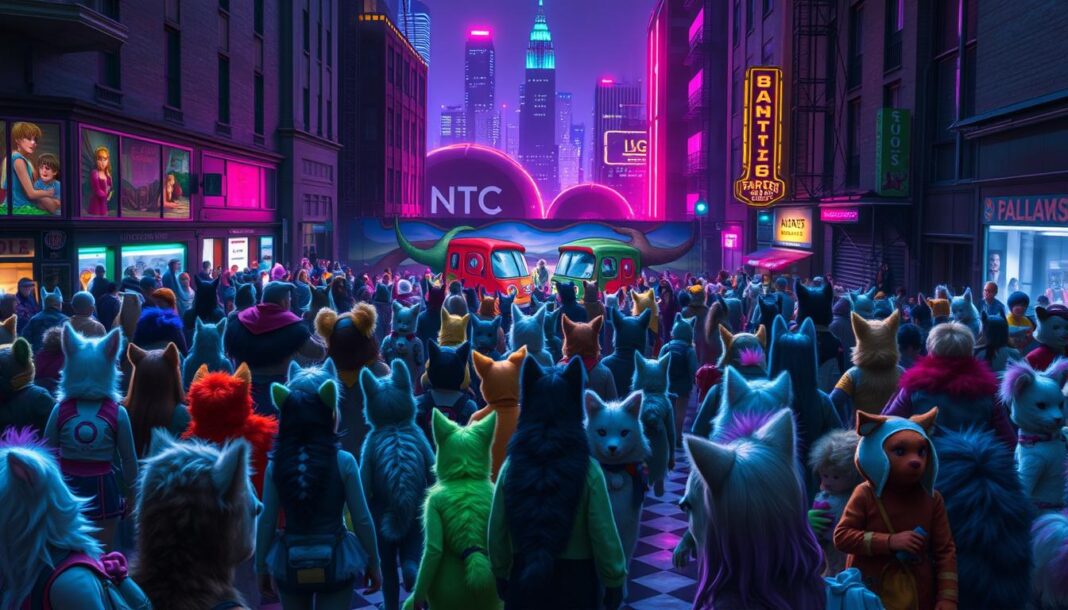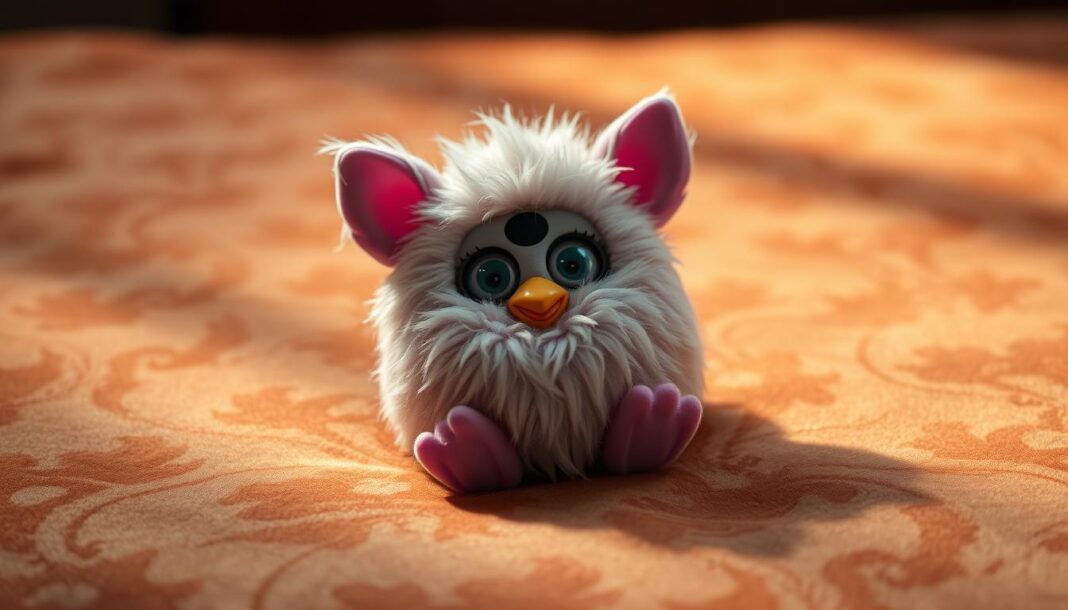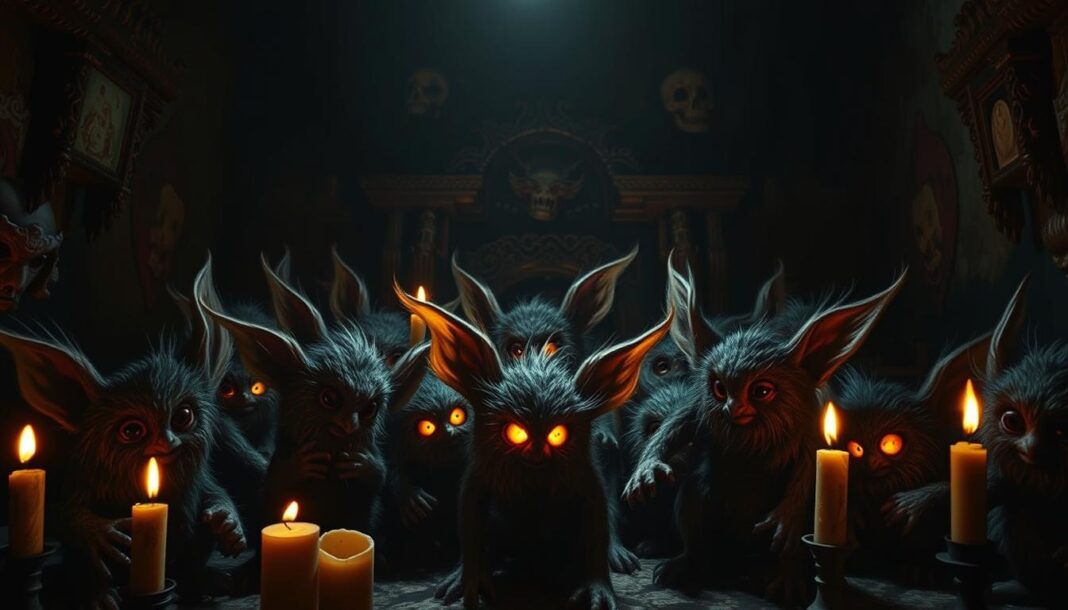The furry community has grown in popularity over the years, yet it faces significant backlash. Misconceptions and stereotypes often fuel this negativity, creating a divide between public perception and reality. Many assume the worst, associating furries with inappropriate behavior or misunderstandings about their interests.
In truth, the furry community is a diverse and creative group. They focus on art, costumes, and storytelling, often centered around anthropomorphic characters. Events like Anthrocon showcase their positive impact, including charitable contributions and economic benefits for host cities.
While some NSFW elements exist, the community actively self-regulates to maintain a welcoming environment. By understanding the furry subculture, we can challenge the stigma and foster a more inclusive perspective. Let’s explore the root causes of this unwarranted criticism and shed light on the truth.
Understanding the Furry Fandom: A Brief Overview
At its core, the furry fandom celebrates art, storytelling, and self-expression through animal-inspired characters. This creative community brings anthropomorphic animals to life, fostering a space for fans to connect and share their passions. From original artwork to elaborate costumes, the fandom thrives on imagination and collaboration.
What is the furry community?
The furry community is a diverse group of individuals who share a love for anthropomorphic characters. Many members create personal avatars, known as fursonas, to express their unique identities. These characters often serve as a bridge for creativity and connection within the fandom.
Common interests and activities within the fandom
Art is a cornerstone of the furry community, with over half of its members creating original art. Conventions like Furry Fiesta and Anthrocon offer family-friendly programming, showcasing costumes, panels, and workshops. These events also highlight the fandom’s charitable side, raising $1.4 million in 2023 for LGBTQ+ and animal causes.
Costume-making, or fursuiting, is another popular activity, though only 20% of members own full suits. Online servers and forums provide social hubs for fans to connect and collaborate. The University of Texas at Dallas even hosts a supportive group for furry enthusiasts, fostering a safe and inclusive environment.
With over 40% of members identifying as bisexual, the furry community is a strong advocate for LGBTQ+ support. This inclusivity, combined with its creative spirit, makes the fandom a welcoming space for all.
Why People Hate Furries: Addressing the Criticisms
The furry fandom’s unique culture is frequently misunderstood and unfairly judged. Many criticisms stem from misconceptions about their interests and the role of media in shaping public perception. Let’s break down these concerns to better understand the root of the negativity.

Misconceptions About Sexuality and Zoophilia
One of the most persistent misconceptions is the association of the furry fandom with inappropriate sexual behavior. While some members explore nsfw content, it’s a small part of the community. Researchers emphasize that anthropomorphic fantasy is distinct from bestiality, with less than 1% overlap in surveys.
Moderated spaces actively segregate nsfw material to maintain a family-friendly environment. This distinction is crucial to understanding the fandom’s diverse interests and values.
The Role of Media in Shaping Negative Perceptions
The media often focuses on controversial subgroups, framing the furry fandom as a “freak show.” This sensationalized coverage ignores the lot of positive aspects, like charitable contributions and creative expression. Events like Texas Furry Fiesta showcase PG-rated programming, yet these stories rarely make headlines.
This skewed portrayal perpetuates stereotypes and fuels public discomfort. By highlighting only the extremes, the media misses the broader picture of a welcoming and inclusive culture.
Societal Discomfort With Non-Mainstream Cultures
Societal discomfort with non-mainstream cultures plays a significant role in the criticism of furries. Similar to the stigma faced by the queer community or 90s “nerd” culture, furries are often “othered” for their creative, animal-themed expression.
Fursuiters’ playful intent contrasts sharply with public discomfort, revealing a broader issue with accepting unconventional interests. Understanding this dynamic helps us challenge the stigma and foster a more inclusive world.
For more insights into misunderstood subcultures, explore our article on the dark history behind cursed furbies.
The Impact of Prejudice and Misunderstanding
Prejudice and misunderstanding often shape how the furry community is perceived. These biases create barriers that affect members’ lives in significant ways. From homophobia to online harassment, the consequences of stigma are far-reaching.
Homophobia and Its Influence on Furry Hate
Homophobia plays a role in the criticism faced by the furry community. With a majority of members identifying as LGBTQ+, the fandom is often targeted by anti-furry rhetoric. This includes dogwhistles that marginalize bisexual and queer individuals.
For example, 66% of furries identify as bisexual, making them a significant part of the community. This dual marginalization highlights the need for greater understanding and acceptance.
How Anonymity Fuels Online Harassment
Anonymity on the internet often leads to increased harassment. Furry servers and forums are frequent targets of raids and hate campaigns. Platforms like 4chan have been used to organize attacks, creating a hostile environment for members.
This harassment not only affects online spaces but also spills into real-life interactions. Many furries fear exposure at conventions or on campus, impacting their mental health and sense of safety.
The Consequences of Stigmatizing the Furry Community
Stigma has serious consequences for the furry community. It drives some members to toxic online spaces, increasing the risk of radicalization. Isolated teens, in particular, are vulnerable to recruitment by extremist groups.
However, programs like those at the University of Texas at Dallas offer support and intervention. These initiatives help combat the negative effects of stigma and promote a more inclusive environment.
Understanding the things that unite us, rather than divide us, is key to fostering compassion. For more insights into the furry community, explore our article on how many furries are in the.
Moving Forward: Rethinking Our Perceptions of Furries
Next time you hear a joke about furries, consider the positive impact they have. The furry community is a vibrant space for creativity, charity, and connection. Events like Anthrocon contribute $9M annually to local economies, showcasing their value beyond stereotypes.
Furry artists are turning their passion into thriving careers, creating stunning animal-inspired designs. By supporting their work, we can appreciate the artistry behind the fandom. Visiting conventions or following furry creators offers a firsthand look at their joy and dedication.
Let’s challenge misconceptions and find common ground. Whether you’re a pet lover or simply curious, the furry community welcomes you. Together, we can foster a more inclusive community that celebrates diversity and creativity.
For more insights into unique subcultures, explore our article on authentic furbies for sale.


